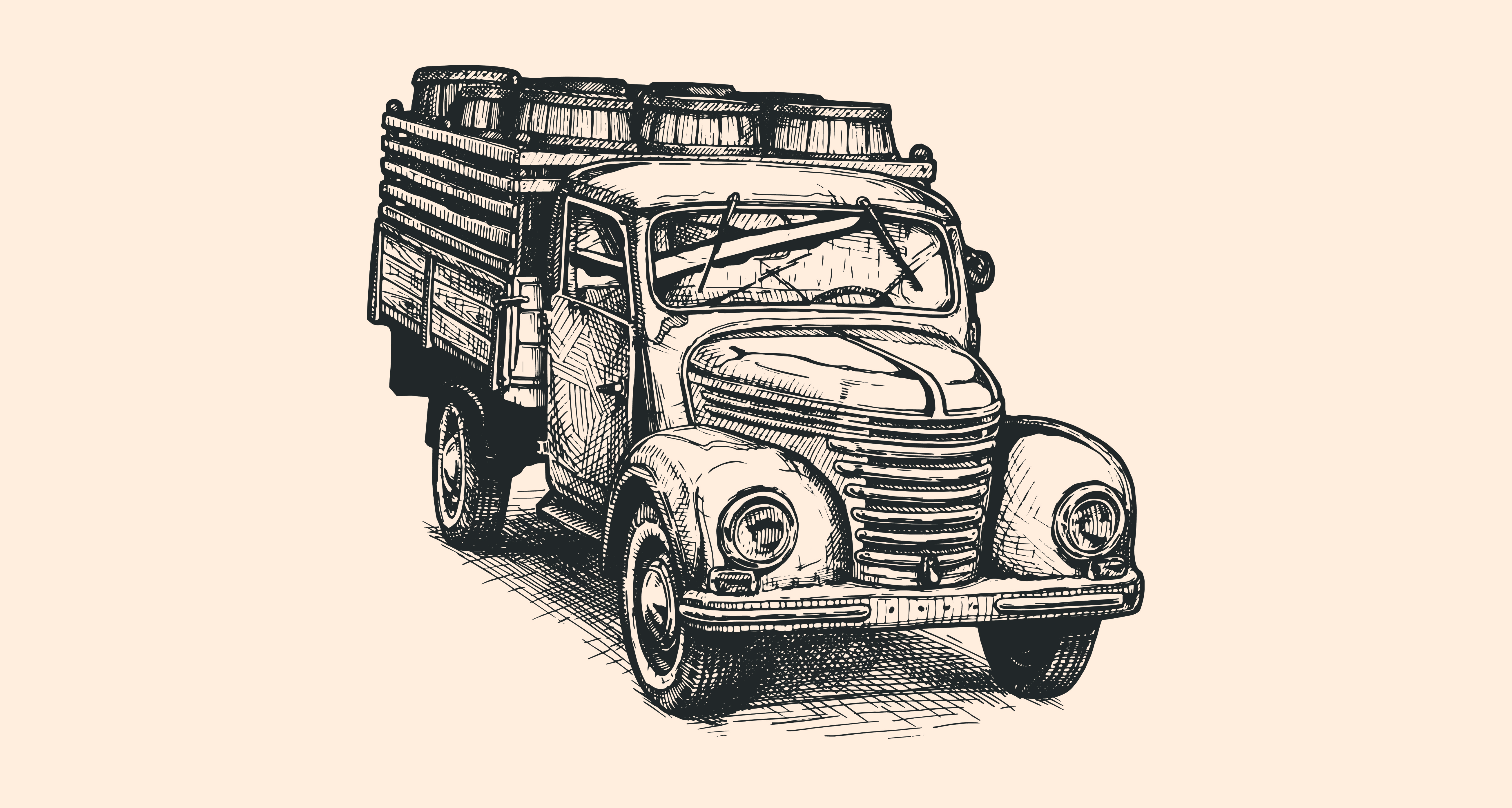To understand the ideas behind travel & bottle shock (bottle sickness, travel shock, shipping shock), we must first understand that wine is a living, breathing organism. This is from the same understanding that is the basis of aging wines. We’d always prefer a cool, dark cellar with stable temperature and no sunlight, so the wines are undisturbed and allowed to slowly reach their full potentials. Clearly not everyone has the ability to build or maintain a cellar, nor do they bottle their own wines. The majority of the population will need to purchase their wines from wineries, retailers, or restaurants. In all cases, the wines are pulled from their resting places in their respective cellars and sent into the open world by some means of transportation, and in turn, exposure.
Varying degrees of exposure and disturbances can include: sunlight, temperature changes, shipping, and handling the bottles. Another time the wine is highly disturbed is in the process of bottling.
We can remove most concerns about sunlight affecting wines simply by the fact that they are shipped in boxes which don’t allow any light in, as long as you are purchasing from the source. If you don’t know the seller of your wine, bought it from a store where sunlight could directly hit the bottles, or anything of that sort, you might want to begin to be concerned. Why is that? Well, temperature is a big deal with respects to the wines aging in their bottles. Too cold and it ages slower, too hot and it speeds up aging.
Anytime wines are being transported, temperature will most likely be working against you, but given the right conditions, not too big of a concern. An easy way to think about the high end of the temperature spectrum goes as such: 70˚ is okay, as long as it isn’t for too long, 80˚ and the wine begins to cook, 90˚ and you’re cheffing it up! Again, remember, wine will speed up its aging process the warmer it is. If a wine sits on a truck in 90˚ heat, it is being cooked and will most likely take on a nutty, strangely acidic flavor that is very unappealing. On the other hand, if a wine cools down, it’ll slow the aging process, and as you get down to 20˚-15˚, the wine will freeze, and in turn expand, possibly compromising the cork and bottle. So, when shipping wines, you’d like them to be somewhere between 30˚- 65˚ on their journey. If you cannot avoid temps outside of that range, it is always recommended to pay the extra and have your wines’ shipping expedited and reduce its travel time. Pro tip: ship it to your office or work address so it can be signed for and avoid any unnecessary second, third delivery attempts, or cooking on the bed of a truck.
Now with regards to bottle shock, first, let’s get out of the way that factually, there is no scientific proof of bottle shock. It has become a known idea from generations of agreement between connoisseurs of wines the world over. If you are moving your wines from their source to yourself, it most likely isn’t in temperature-controlled conditions and it is going to hit some bumps along the way, so the wine will be fluctuating during this period while being shaken around. You can do everything in your power to choose the right time of year with the temperatures being adequate on the shipping route, but there are still all the compounds in the wine that are being disturbed from temperature and motion. This disruption can cause the wine to seem weak, flat, muted, or disjointed upon arrival. The older the wine, the more sensitive to this they are. Imagine waking up another person; if you slowly wake the individual, they will generally wake up in decent spirits with a little time. If you shook the same person awake violently, it would make them wound up and irritated – probably not showing the best of themselves. As wine is alive in the bottle, this same understanding applies, although wine takes a little longer to forgive than some people. If you are driving your bottle home from the winery, you’ll probably do best to let it relax for a few days before enjoying. If it has come all the way across the country (or world), you might want to give it a few weeks to rest.
How you rest your bottle after travel is also important. The sooner it can be stored in a cool, dry place away from sunlight, preferably on its side, with no vibrations or other heat or motion disturbances, the better for the wine settling down nicely.
It’s worth noting that we live in a society of instant gratification. Wine is not from that world. Wine needs time, care, and patience. Please always be as responsible as possible with your wines and take the best care for them that you can. They are living, breathing entities, and must be cared for as such.

